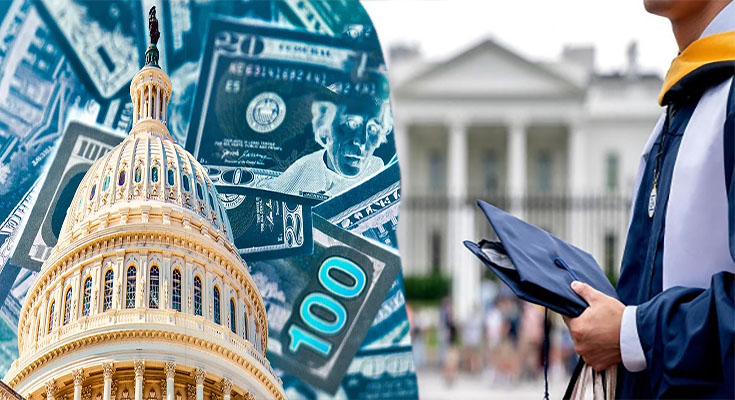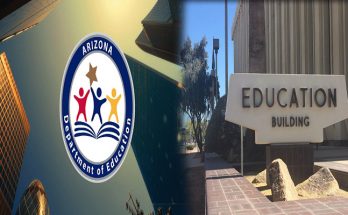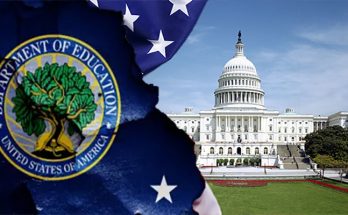The Department of Education (ED) offers student loans to those needing financial assistance to attend college. These loans must be paid back with interest while the borrower is in school. However, the interest rate has recently decreased and now stands at 4.45% as of January 2018. These loans are meant for undergraduate students who have financial need and are unable to repay the loan on their own. The eligibility for these loans is determined by the college or university.
About the federal student loan program
The federal student loan program provides low-interest loans for students and parents. The lender for the loans is the U.S. Department of Education.
Borrowers
Borrowers of Department of Education student loans have a variety of options to settle their debt. These options include a forbearance program. These plans allow you to take a temporary break from repayment until your finances stabilize. Some student loan repayment plans may be more flexible than others, so be sure to research your options carefully.
Payment options
Whether you’re pursuing a degree or just want to fund your college education, federal student loans from the Department of Education are a great option for many people. The government offers different repayment plans, including a graduated repayment option that gradually increases monthly payments over a period of 10 years. You can also select the extended repayment option, which allows you to make larger payments over a longer period of time.
Interest rates
The interest rates for federal student loans have risen again. They are tied to the yield on a 10-year Treasury note and are determined by Congress. The new rates take effect on July 1 of the academic year following their auction. Unlike private student loans, federal student loans are fixed for the life of the loan, and there are no credit requirements.
Government-backed vs. private loans
Depending on your situation, a government-backed student loan is more affordable than a private student loan. This type of loan is especially helpful for undergraduate students who don’t have a credit history or a steady income. Federal student loans also have lower upfront loan fees. Private loans, on the other hand, can charge higher fees, especially for graduate students and parents. In addition, federal loans are limited to a specific amount, which may require you to take out a private student loan to bridge the difference.
GAO report
A new GAO report highlights the problems with federal student loan programs, including fraud and a lack of oversight. Many federally guaranteed loans add billions of dollars to the federal budget each year, yet the Department of Education is unable to keep track of the costs. The report calls for a closer examination of all federal loan programs and suggests alternate accounting methods for assessing the risk to taxpayers.
Pell Grants
In recent years, the maximum amount of Department of Education Pell Grants has remained stable. The program’s maximum award has remained close to the same amount since 1978, when it was indexed to the Consumer Price Index for All Urban Consumers (CPI-U). From 2014 to 2017, the CPI-U averaged $69 per year. Congress has made only small increases in the maximum award as part of its annual appropriations process. While the maximum award does not keep pace with inflation, it does remain the most affordable means of going to college.
Direct loans
Over the past three decades, the federal Direct Loan program has increased in size and complexity, with almost $1.4 trillion in outstanding federal student loans. These loans provide financial assistance to both students and their parents for postsecondary education. The latest report from the GAO examines changes in the program’s costs and the factors contributing to those increases.
FFEL Loans
Until June 30, 2010, the Department of Education offered federal student loans through the Federal Family Education Loan Program (FFEL). These loans were issued by private lenders, but were guaranteed by the federal government. The federal government paid the private companies an interest subsidy if the borrower defaulted on the loan. As of 2010, there are approximately 11.2 million borrowers with outstanding FFEL loans. The outstanding balance totals over $248 billion. Many of these loans have extended terms because the borrower enrolled in an income- based repayment plan.





